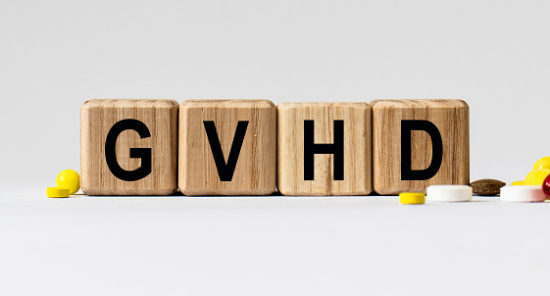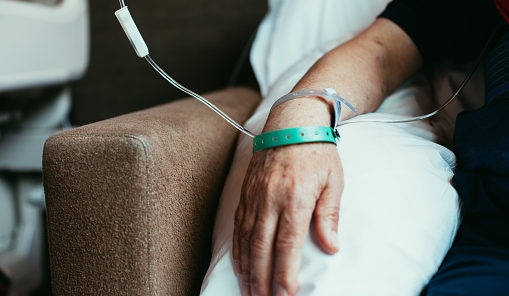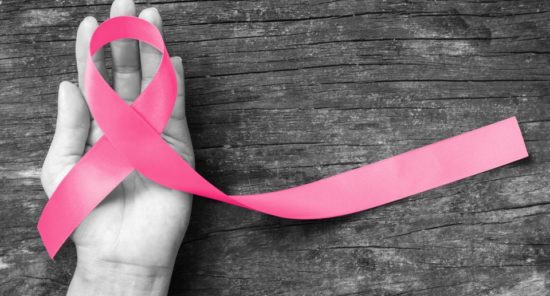Blowing air from a fan directly at an advanced cancer patient experiencing breathlessness may provide symptom relief, according to a study published in JAMA Oncology.
“Breathlessness, or dyspnea, is a common and distressing symptom in patients with advanced cancer,” says lead author of the JAMA Oncology article, Arjun Gupta, M.D., chief medical oncology fellow at the Johns Hopkins Kimmel Cancer Center via a press release. “Breathlessness can be associated with and made worse by accompanying anxiety, and can severely impact quality of life and exercise capacity. In patients with advanced cancer, treating the underlying cause of breathlessness (such as the cancer itself) may provide incomplete symptom relief or may not be feasible. In these scenarios, treating the symptom of breathlessness may be indicated. However, patients in this situation are often vulnerable with limited time to recover, and a question that comes up for clinicians is, are the potential benefits of this intervention likely to outweigh the harms?”
Researchers performed a systematic review of 29 randomized clinical trials of breathlessness in 2,423 adults with advanced cancer. They found several nonpharmacological interventions linked with improved breathlessness, including fan therapy and bilevel ventilation (air pressure delivered through a face mask covering the mouth and nose).
Fan therapy and bilevel ventilation, according to the review, provided relief lasting for a few minutes to a few hours for patients admitted to the hospital. Moreover, among outpatients, acupressure and reflexology, as well as multicomponent interventions) brought relief lasting for a few weeks to months.
Fans may relieve breathlessness associated with advanced cancers @JAMAOnc https://t.co/56cWcecA6w
— Medical Xpress (@medical_xpress) December 10, 2020
“We believe these data should catalyze a shift in how we approach and treat breathlessness, away from a medicalized approach using drugs, to a more comprehensive assessment and attempting nonpharmacologic interventions, such as fan therapy, first,” Gupta says. “Clinical guidelines and practice should evolve to represent these novel findings.”
Credit: Original article published here.









